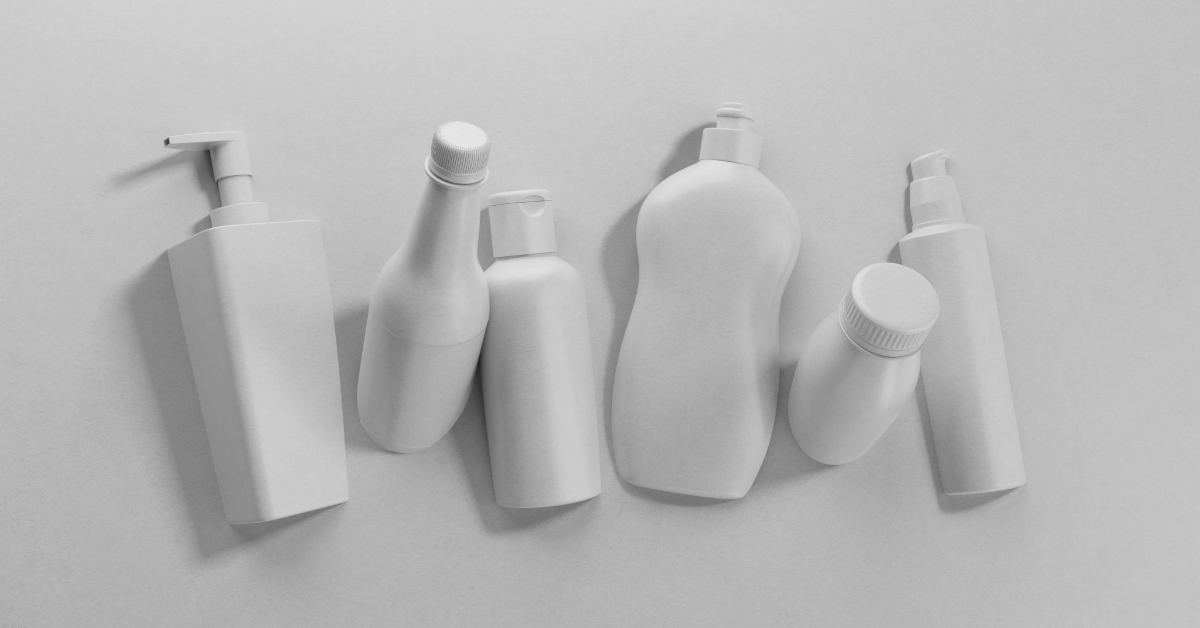Original research in a new white paper from Avery Dennison explores how innovative pressure-sensitive labels help enable packaging circularity throughout the value chain
MENTOR, Ohio, April 2, 2025—Avery Dennison Corporation (NYSE:AVY) — A 1% increase in recycling rates can reduce approximately 2,000 tons of plastic waste annually in multi-billion bottling applications… Nearly all global consumer package goods (CPG) brands have a goal of 100% recyclable packaging by 2030… Recycled rigid plastics are over 70% less emissions-intensive than their virgin plastic counterparts….
These are just a few of the metrics cited in a new white paper titled “Pressure-sensitive labels and their role in making packaging circular,” commissioned by Avery Dennison, a global materials science and digital identification solutions company. The white paper further reports that most CPG growth comes from green brands and shows how pressure-sensitive labels can be part of the solution. It explores the state of packaging sustainability among brand owners, including how future technology innovations can deliver tangible benefits.
“The white paper is a research-based reference document for CPG brands currently making sustainable packaging decisions.” said Ryan Yost, president, Materials Group at Avery Dennison. “CPG companies are facing growing pressure from consumers, retailers, regulators, investors and employees to prioritize the circular economy, and packaging innovations are part of their strategies to meet stakeholder expectations. Our white paper provides hard data based on independently conducted interviews with CPGs worldwide, as well as recognized source materials and insights from Avery Dennison teams working with customers, recyclers, legislative bodies and industry associations worldwide where the company operates. We see it as a practical tool for CPGs to address circularity challenges — a new source of research information.”
Key findings include:
Brands are relentlessly pursuing circularity. Nearly all global CPG brands have a goal of 100% recyclable, reusable and compostable packaging by 2030.
Sustainable products represented about 31% of CPG’s growth between 2013 and 2023, despite only accounting for approximately 18.5% of CPG’s sustainable market share.
Consumers perceive packaging as one of a brand’s most controllable and visible sustainability elements. In fact, approximately 31% of consumers believe that “brands investing in sustainable packaging” is one of the top three ways to address environmental issues.
While progress continues to be made in packaging production, use and disposal, global plastic consumption has quadrupled over the past 30 years, accounting for 3.4% of global greenhouse emissions and 350 million tons of waste, 40% of which comes from packaging.
Legislation is driving changes in packaging. For example: Packaging and Packaging Waste Regulation (PPWR) in Europe is mandating that packaging is Designed for Recycling (DfR) and that at least 10% of beverage packaging is reusable by 2030.
The recycling of packaging and reuse/refill models can make a significant difference. For example, recycled rigid plastics such as PET and HDPE are over 70% less emissions-intensive than their virgin plastic counterparts.
A new generation of pressure-sensitive labels has a novel “clean-release” functionality that allows superior and clean separation of the label and inks during the recycling process. This method ensures higher quality recycled materials, which in the case of rigid plastics, like PET and HDPE, allows the upcycling of the reused plastic for the production of new bottles, reducing the need for virgin materials and increasing brands packaging circularity.
Methodology
The data in this document was taken from interviews completed in 2024 with consumer packaged goods companies, recyclers and other external experts in more than nine countries, including the United States, Brazil, United Kingdom, Netherlands, Germany, France, Italy, India and China. Additionally, reviews of global industry and market reports, packaging studies and third-party testing results were conducted. It also draws on interviews and interactions with customers, recyclers, government officials, legislative bodies and industry associations worldwide where the company operates.
To download the white paper, visit https://www.makingpackagingcircular.com.
1 MIT; APR; Sustainable Plastics
2 2023 Bain Sustainability Survey (n= 23,374)
3 OECD (2022), Global Plastics Outlook Economic Drivers, Global Plastics Outlook: Policy Scenarios to 2060
4 MIT; APR; Sustainable Plastics

